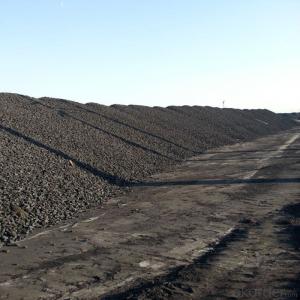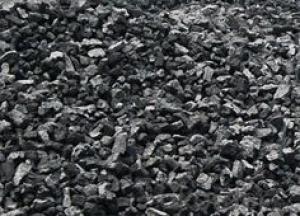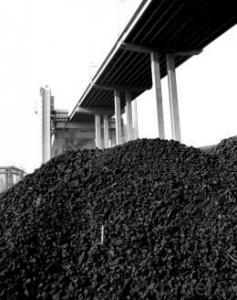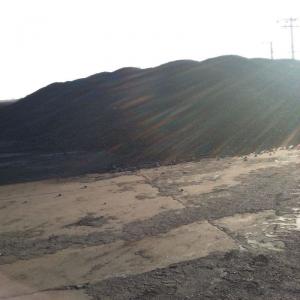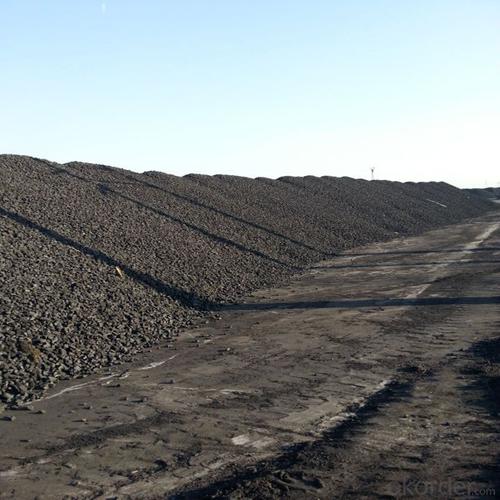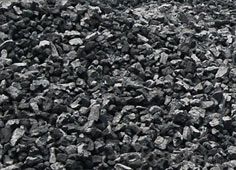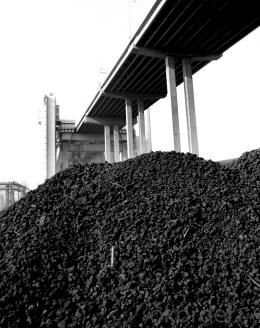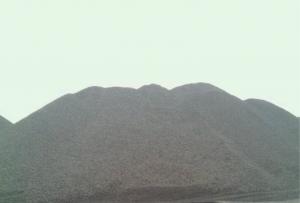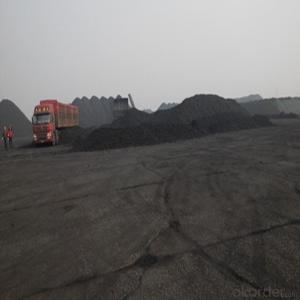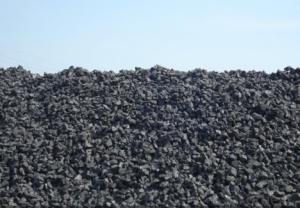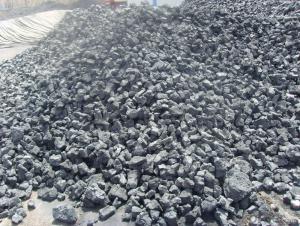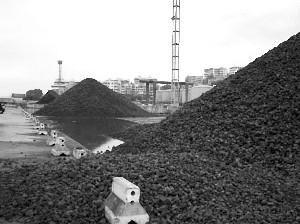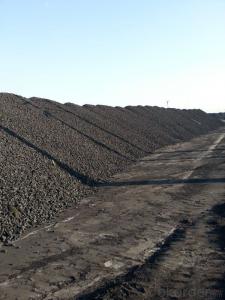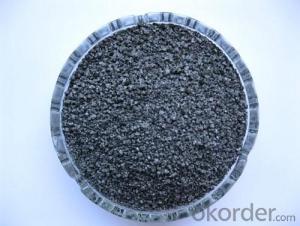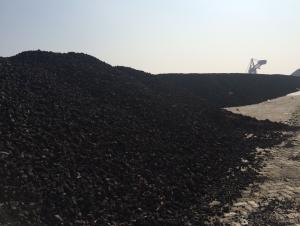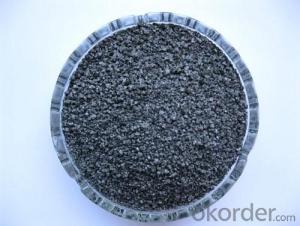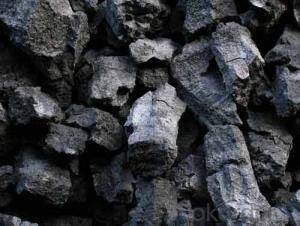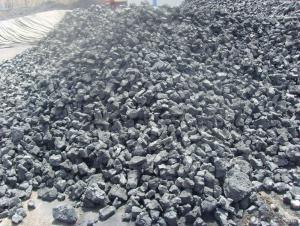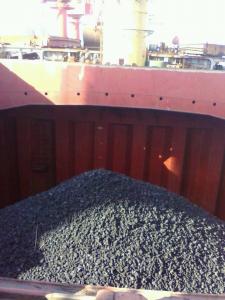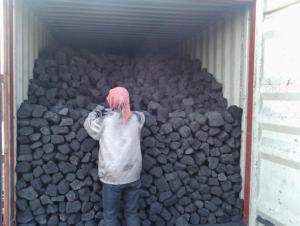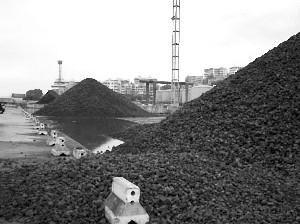NUT Coke of 20 ---- 50 mm
- Loading Port:
- Tianjin
- Payment Terms:
- TT OR LC
- Min Order Qty:
- 100 m.t.
- Supply Capability:
- 3000 m.t./month
OKorder Service Pledge
OKorder Financial Service
You Might Also Like
1. Structure of NUT Coke of 20 ---- 50 mm Description:
Coke is a hard texture, with carbon as the main component of irregular porous body, with cracks and defects in silver. The true density is 1.8 ~ 1.95 g/cm3, bulk density is 400 ~ 500 kg/m3, the porosity of 35% ~ 35%,.Coke all vertical and horizontal crack can be seen with the naked eye observation. The vertical and horizontal crack along the thick break, still is focal piece containing micro cracks.
Coke production of coking coal (coking coal), also known as metallurgical coal, belongs to the bituminous coal or sub-bituminous coal. Or use the various ratio of coal blend coking. Coking coal in the coke oven is isolated from oxygen after 1000 ° C carbonization is volatile component has been removing, the rest of the solid matter or coke. With the need of ironmaking as little as possible of sulphur, phosphorus pests, so should choose low sulfur, low phosphorus of coking coal.
2. Main Features of the NUT Coke of 20 ---- 50 mm :
• Quality assurance
• Mutual benefit
• Preferential price
• Various choice
3. NUT Coke of 20 ---- 50 mm Images:


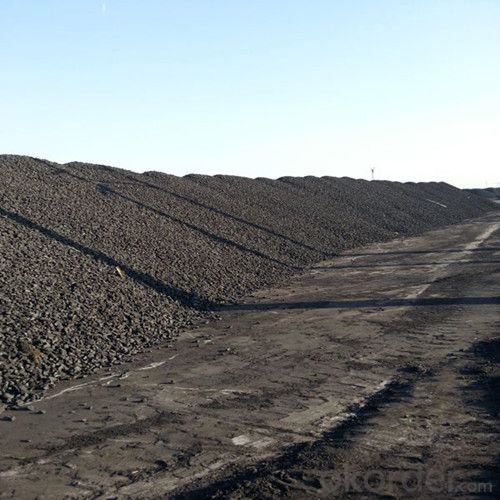

4. NUT Coke of 20 ---- 50 mm Specification:
Parameters | Guarantee | Rejection |
Total Moisture ( As received basis ) | 8% max | |
Ash ( dry basis ) | 12.5% max | > 13.5% |
Volatile Matter ( dry basis ) | 1.5% max | > 1.8% |
Sulphur ( dry basis ) | 0.70% max | > 0.80% |
Phosphorus ( dry basis ) | 0.035% max | > 0.045% |
Size 20-50 mm | 90% min | |
+50 mm | 5% max | > 8% |
-20 mm | 5% max | >8% |
5. FAQ
We have organized several common questions for our clients,may help you sincerely:
1) Main type
Metallurgical coke is blast furnace coke, coke, iron alloy and nonferrous metal smelting with coke. As more than 90% of the metallurgical coke for blast furnace ironmaking, so often called the blast furnace coke metallurgical coke.
Foundry coke is dedicated to cupola molten iron. Coke is the main fuel of cupola molten iron. Its role is hot metal melting furnace charge and overheating, support stock column maintain its good air permeability. As a result, coke blocks should have large, low reactivity, low porosity, with sufficient impact crushing strength, ash content and low sulfur content.
2) Application of coke
• Used for blast furnace ironmaking and used for copper, lead, zinc, titanium, antimony, mercury
• Other non-ferrous metal smelting of blast furnace,
• Reducing agent, compound
• The function of stock column frame.
3) The history of coke
From around the world, the coking coal resources are scarce, it is the precious resources must be protected, so has been seldom used coking coal coking alone. In China, the first kind of typical coal coking coal with hebei feng feng coal mine, shanxi gujiao cetrimonium, heilongjiang drops of jixi, anhui huaibei zhangzhuang and dabao top-coal panzhihua in sichuan province.The second category of typical coal coking coal have jilin tonghua iron works and the Inner Mongolia baotou beach ditch coal.Benxi, northeast China hebei tangshan, jingxing, shandong xinwen, etc., are all famous origin of coking coal.
- Q: Ask: coking coke tower tower and what is the relationship?If you can give a working principle to explain what is better!Coking tower in oil coking plant
- Coking plant production capacity on the exclusion of the tower is also on the two: first, the coal tower; the two is coke bin;
- Q: What are the indicators of first grade coke and the two grade coke?
- The mechanical strength of the mechanical strength of ash sulfur%% volatile(crush strength M40) (abrasion strength M10)
- Q: Types of coke and use of coke
- The vertical furnace processing of low metamorphic coal production of calcium carbide, ferroalloy, coke, chemical fertilizer production and ultra high power electrode, aerospace and medical high technology and high value-added products such as carbon needle coke the world's most complete and unique characteristics of the Chinese coking industrial system.
- Q: Coking coal, coke, coal, steam coal what is the difference?
- Coal is used to generate electricity, which is used to burn coalPower coal is generally only coal
- Q: F.C Ash S V.M H2O SizeMore than 85 less than 15 less than 8 less than 0.8 less than 1.5 10-70mm over 90%,I would like to ask, what is the size of the corresponding coke? Metallurgical coke or something else, there is no relevant information about, thank youF.C = 85, Ash = 15, H2O = 8, S = 0.8, V.M = 1.5, Size:10-70mm 90% and above, so clear, like the product, the current price?
- Three metallurgical coke: fixed carbon 83-84.5%; calorific value 6500cal/kg; ash < 15%; volatile < 1.9%; all 6% "1%" water; sulfur;Maybe not, I'll give you a web site, find it yourself
- Q: China's coke iron smelting began in what time?
- The ancient iron smelting method in smelting iron block, lower temperature, iron ore solid reduction sponge iron, and iron into play by forging. Smelting iron block, furnace, furnace with ground and shaft 3. The block iron making in our country began in the spring and Autumn period, and in the near future, the pig iron with more than 2% carbon dioxide was refined and used as a casting tool
- Q: I see that there are metallurgical coke and coke on the Internet, what is the difference between them (I hope to be able to say in detail) and a level of two points, how is this going on?.. Where is the quality of coke in China? Hunan good coke plant which? Although the problem is a little bit more, I hope that insiders can give some useful information. Extremely grateful.
- I see that there are metallurgical coke and coke on the Internet, what is the difference between them (I hope to be able to say in detail) and a level of two points, how is this going on?.. Where is the quality of coke in China? Hunan good coke plant which? Although the problem is a little bit more, I hope that insiders can give some useful information. Extremely grateful.
- Q: What are the ingredients of coke
- Metallurgical coke is coke, coke, iron alloy coke and non-ferrous metal smelting coke ". Since more than 90% of metallurgical coke is used for blast furnace ironmaking, it is often referred to as coke.Coke is a special and molten iron cupola coke. Coke is the main fuel cupola molten iron. Its role is to melt the burden and make the hot metal overheating, the support column to maintain good ventilation. Therefore, the foundry coke should have large blocks, low reactivity, porosity is small, with impact crushing strength, low ash and sulfur enough.
- Q: What's the difference between coke and coke?
- When the dry distillation is carried out in the chamber type dry distillation furnace, the primary thermal decomposition product is contacted with the red hot coke and the high temperature furnace wall, and the two thermal decomposition occurs, and the thermal decomposition product (coke oven gas and other coking chemical products) is formed in the two timeThe solid product of low temperature distillation is a black semi coke with loose structure, low gas yield and high tar yield;The high temperature distillation solid product is the structure compact silver gray coke, the coal gas production rate is high and the tar production rate is low
- Q: How to determine the maturity of coke or not?
- Ash in coke: the percentage of ash contained in metallurgical coke. The influence of coke ash on blast furnace smelting is very significant. Coke ash increased by 1%, coke consumption increased by 2 - 2.5%. Therefore, it is necessary to reduce the ash content of coke.The volatile content in coke: refers to the percentage of the total amount of volatiles in metallurgical coke. Coke maturity can be judged according to the volatile content of coke. If the volatile content is greater than 1.5%, it is said that coke; volatile less than 0.5 - 0.7%, it is said to burn; generally mature metallurgical coke volatile is divided into about 1%.
Send your message to us
NUT Coke of 20 ---- 50 mm
- Loading Port:
- Tianjin
- Payment Terms:
- TT OR LC
- Min Order Qty:
- 100 m.t.
- Supply Capability:
- 3000 m.t./month
OKorder Service Pledge
OKorder Financial Service
Similar products
Hot products
Hot Searches
Related keywords
